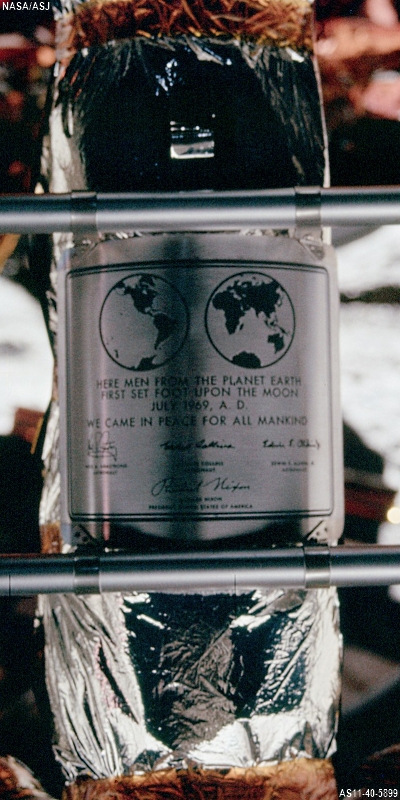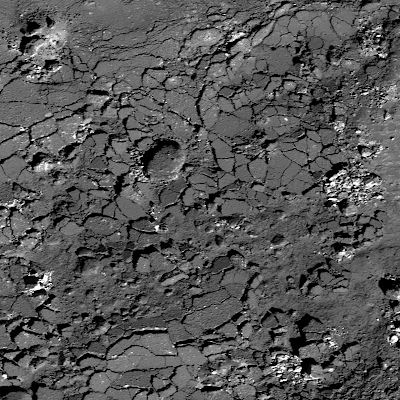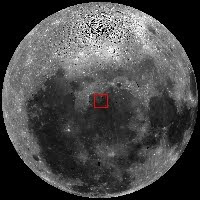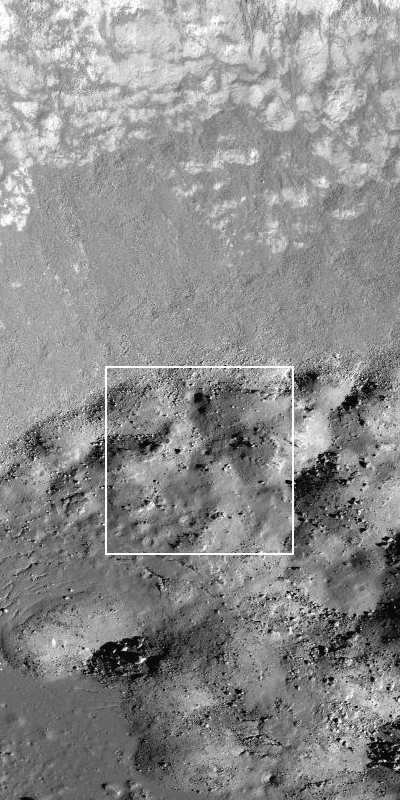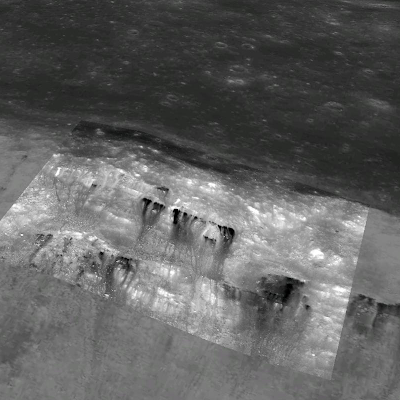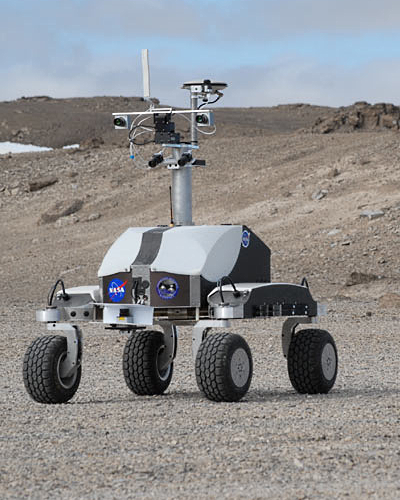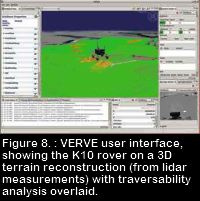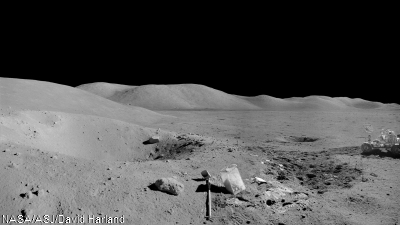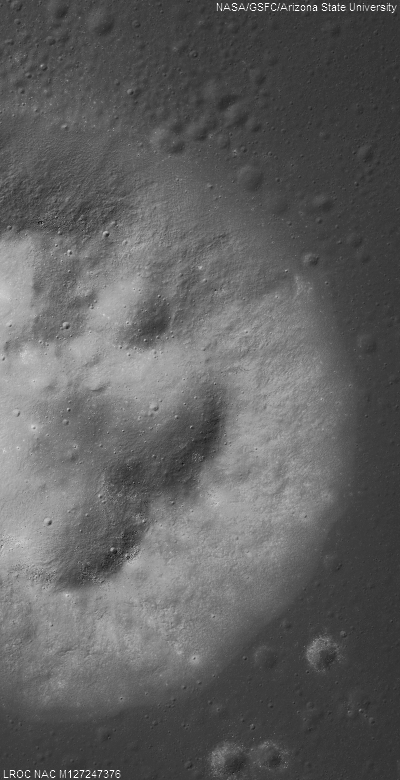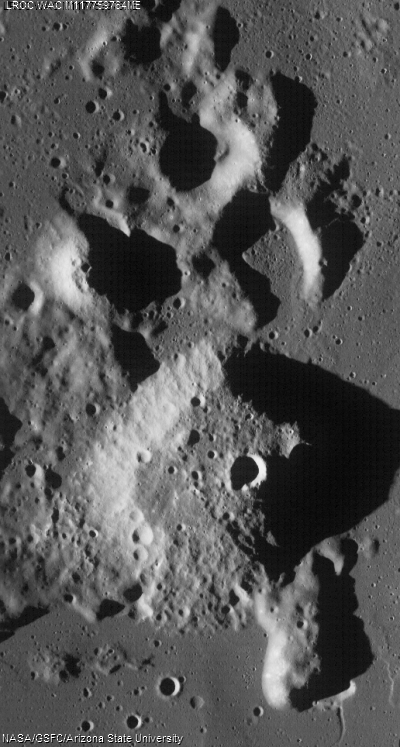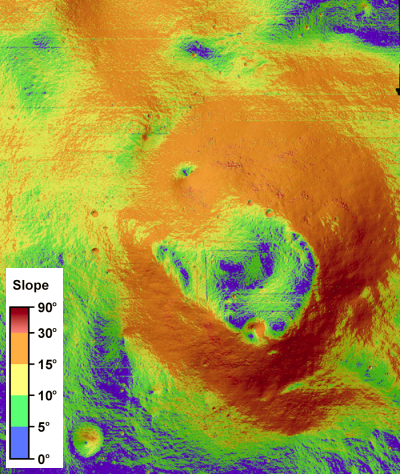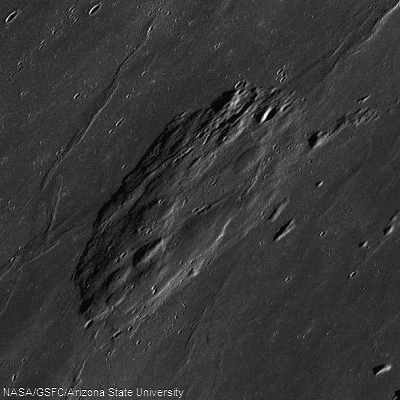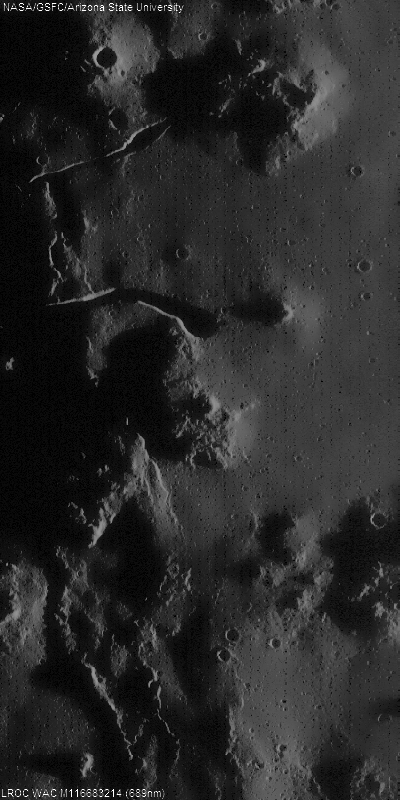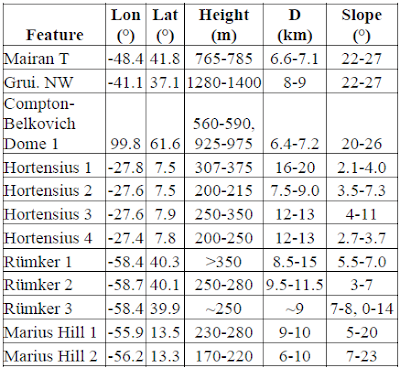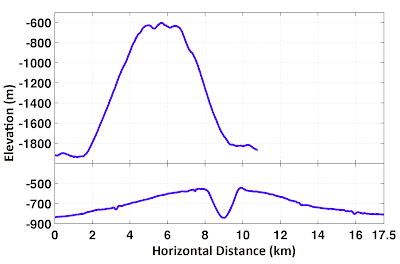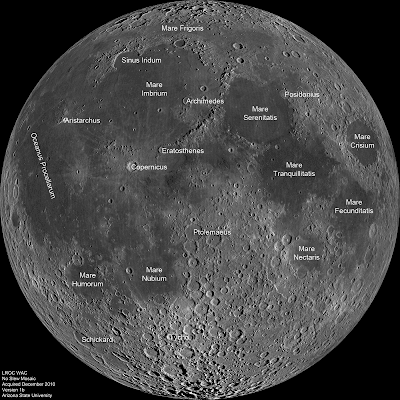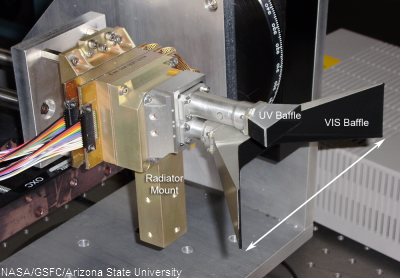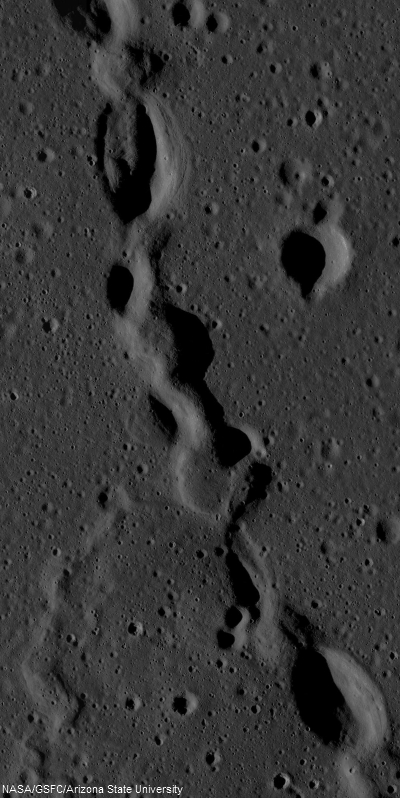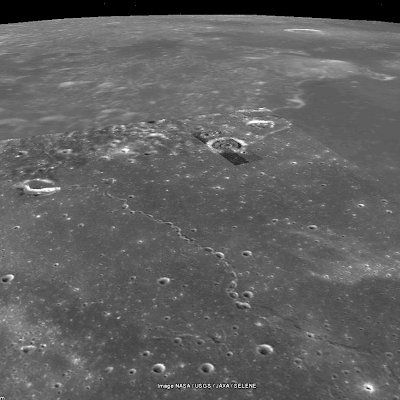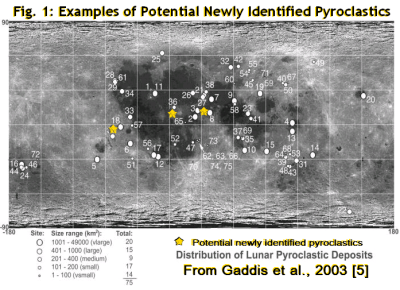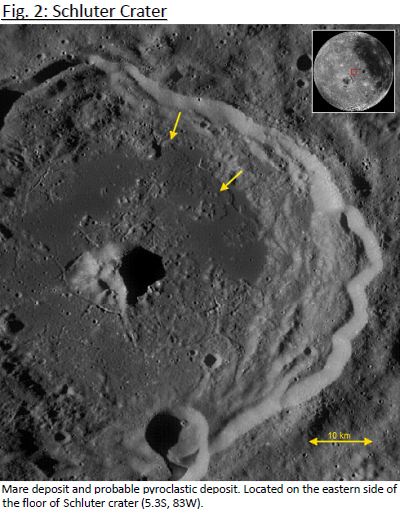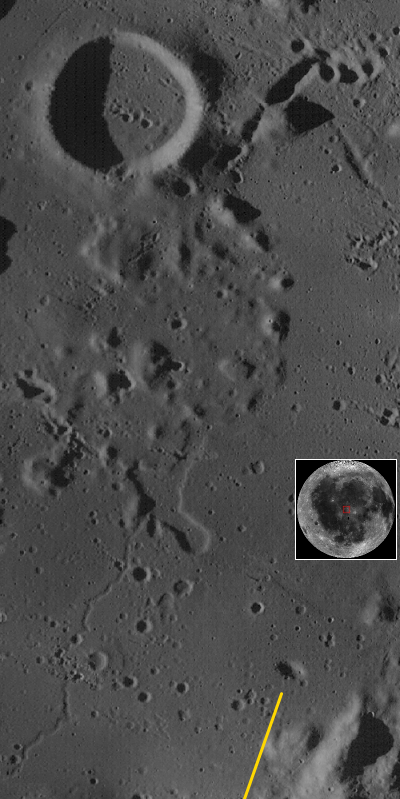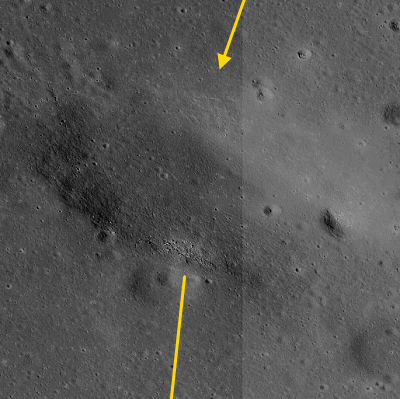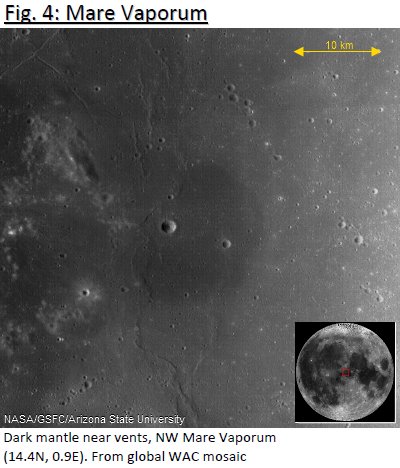Paul D. Spudis
The Once & Future Moon
Smithsonian Air & Space
A seemingly trivial event has revealed some schadenfreude about NASA, along with a lot of irritation. Apparently (as is their wont) the fertile minds running our national space agency decided that the time has come (once again) for a new and improved vision statement – out with the old and in with something new. These would be harmless exercises except to the extent that taxpayer money is being spent to no real purpose (but if I got into that, there’d be no end to this post).
I want to specifically address the newest agency vision statement. It reads: “To reach for new heights and reveal the unknown so that what we do and learn will benefit all humankind.” Beyond being generous, well meaning and philanthropic, what new vision can be found here? Should we not “reach for new heights”? Isn’t the job of an agency devoted to exploration to “reveal the unknown”? And why not do all this “for the benefit of all humankind?” The first order of any lunar return must certainly be to replace that ill-conceived plaque that’s already there – “We came in peace for all mankind.” Actually, “all kind” has a certain ring about it – perhaps on the next go-around.
I could vent my spleen about the utterly vacuous nature of the new slogan. I could point out that nothing in it requires NASA (or any other entity) to actually conduct missions into space, or in fact, to do anything at all. I could find many who, like me, understand that this new slogan reflects the fact that the agency understands that it has no real mission and has employed a wordsmith to design the appropriate phrasing for such a situation.
I have written previously about the management fads that periodically sweep through the agency – the alphabet soup of TQM to Earned Value to Continuous Improvement. American industrial life is awash with self-help management cults that variously are employed to convince agency personnel they really need to become managers because NASA needs more people to manage meetings and seminars about all of the wonderful things they are going to do in space. NASA is most certainly not immune to this tendency and indeed often among the first to embrace new management fads as soon they come out of the box.
What does this say about the state of our national space program? As a longtime student and participant of many things NASA, I feel uncomfortable saying it’s because no one in charge of the agency can say (or cares to say) why we have a space program or what its mission is — or what they would do if they had one. This is not to say that there aren’t good reasons for a space program or that there aren’t people who work for NASA who do in fact know what they are trying to do. I believe that NASA dropped the ball in implementing the Vision for Space Exploration because they never took the trouble to understand exactly what it meant – that they forgot about what having a vision means beyond the obvious articulation of some destination. Clearly, you cannot see a way forward to implement what you do not understand.
Twenty years ago, NASA got a new administrator, someone who (it was fervently hoped) would breathe new life into the moribund organization. Daniel Goldin was a “take charge” guy, someone who had been successful in the commercial and defense space sector at TRW. Goldin came to NASA ready to shake things up – he reinstated NASA’s classic Technicolor “meatball” logo and claimed to want to hear all opinions. I was invited to a “Meet the New Administrator” meeting soon after he took office. During the meeting, he was thoughtful and listened carefully while about a dozen of us from a variety of backgrounds kicked around some ideas about the mission of NASA. Then, in the middle of this all-day brainstorming session, he suddenly excused himself and left. He returned a bit later, breathless and with great excitement, announced to us: “I’ve just spent the last 2 hours with Carl Sagan!”
Uh-oh. I knew what that meant. The new “mission” of NASA was to be a “Quest for Life.” And sure enough, searching for life became the mantra of NASA’s mission under Dan Goldin. But by making “the search for life” their mission, NASA faced a problem – if they didn’t find it, their mission could be considered a failure. So, in order to survive the new “mission,” the Quest for Life gradually morphed into the search for water (on Mars). After all, water is required for life. So the mission objective mutated from a long-shot miracle to something reasonably certain. It fit. No one would be seen as not fulfilling NASA’s mission and they could continue to look for water on Mars and dream of discovering new life.
Anyway, as I said, vision statements come and go. No doubt the new one will last about as long as the current occupants of NASA Headquarters.
Oh, what was my brilliant suggestion for a “vision statement,” you ask?
“To explore the universe with people and machines.”
Succinct – to the point – all-inclusive.
But what do I know?


